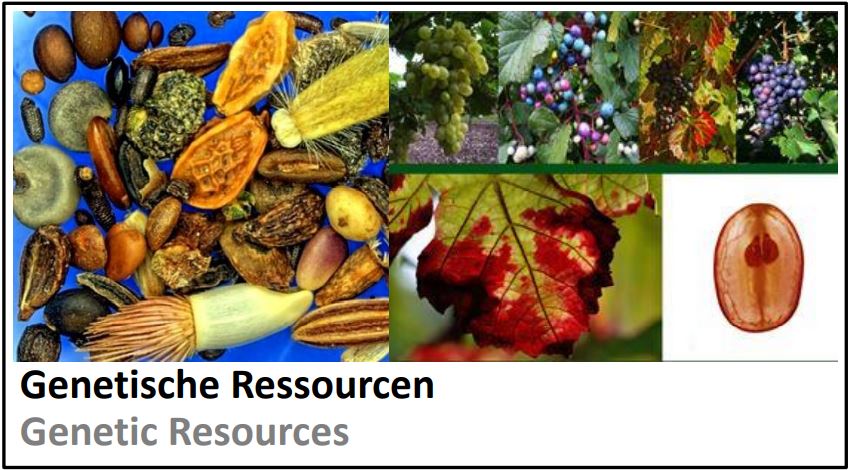Genetische Ressourcen
 |
Wozu Botanische Gärten Pflanzen sammeln Botanische Gärten sind Orte der Vielfalt. So mancher frägt sich vielleicht, wozu das gut ist. Eine Standardantwort ist, dass so die Artenvielfalt geschützt wird. Artenvielfalt ist bedroht, das wissen alle und Arten vor dem Aussterben zu bewahren ist sicherlich ein hohes Gut. Aber Sammlungen von Pflanzen haben auch einen ganz handfesten Wert im Hier und Jetzt - Im Laufe der Evolution hat diese Art nur überlebt, weil sie die Problemstellungen ihrer Umwelt erfolgreich gemeistert hat. Pflanzensammlungen sind also auch Sammlungen von Problemlösungen, die wir nutzen können. Diese Problemlösungen wurden - im Gegensatz zu manchen technischen Lösungen - in einem über viele Jahrmillionen dauernden Testverfahren, der Evolution, erprobt und stehen nun als sogenannte genetische Ressourcen dem Menschen zur Verfügung. Was den Botanischen Garten des KIT von den meisten anderen Gärten unterscheidet: Wir reden nicht nur von genetischen Ressourcen, wir nutzen sie ganz konkret und intensiv für Forschung und Anwendung. Da wir ein verhältnismäßig kleiner Garten sind, haben wir uns recht genau überlegt, welche Pflanzen wir sammeln wollen. Wir haben dann beschlossen, uns auf Nutzpflanzen und deren wilde Verwandte zu konzentrieren und wir haben diesen Beschluss dann auch konsequent umgesetzt. Inzwischen sind in jahrelanger Arbeit genetische Ressourcen entstanden, die einmalig sind und inzwischen auch von vielen Forschungspartnern mitgenutzt werden: |
Current Topics: Nagoya-Protocol
Biodiversity is valuable, also in an economic meaning. To reach a fair balance between countries, where biodiversity originates and countries that use them, over the last decades a set of rules has developed. Starting point was the Earth Summit in Rio de Janeiro 1992. The last step of this process is the Nagoya Protocol that was signed by many countries, including Germany (whereby important countries, such as the US, do not participate). In Germany it is the Federal Agency for Nature Protection that is responsible for the realisation of the Nagoya Protocol. more...
The majority of genetic resources in our garden arrived prior May 16, 2014 (when the EU has signed the Protocol), others, such as our Wild Grapevine Collection originate from Germany itself, others from commercial suppliers that had acquired them prior to this date. Nevertheless, we document for all our plants in our internal database, how their Nagoya status is.
